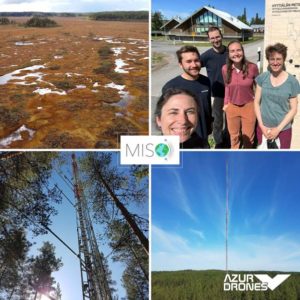
𝐄𝐱𝐜𝐢𝐭𝐢𝐧𝐠 𝐅𝐢𝐞𝐥𝐝 𝐓𝐞𝐬𝐭𝐢𝐧𝐠 𝐀𝐡𝐞𝐚𝐝 𝐟𝐨𝐫 𝐌𝐈𝐒𝐎!
As part of the MISO project, we are preparing for a comprehensive wetland test at 𝐇𝐲𝐲𝐭𝐢𝐚̈𝐥𝐚̈ 𝐅𝐨𝐫𝐞𝐬𝐭 𝐒𝐭𝐚𝐭𝐢𝐨𝐧, 𝐅𝐢𝐧𝐥𝐚𝐧𝐝, in 𝐉𝐮𝐥𝐲 𝟐𝟎𝟐𝟓. The test will
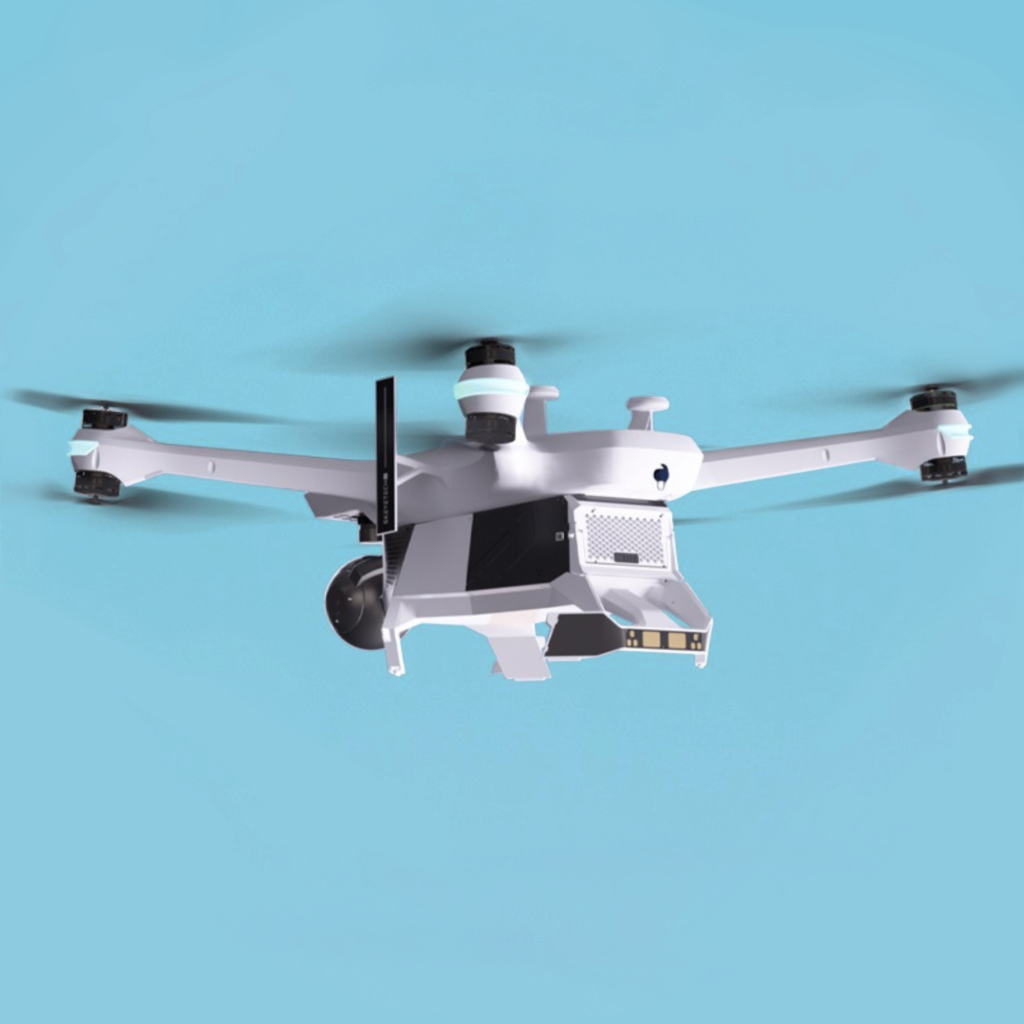
MISO will develop and demonstrate an autonomous in-situ observation platform for use in hard-to-reach areas (Arctic, wetlands), for detecting and quantifying carbon dioxide and methane gasses, using a combination of stationary and mobile (drone) solutions and requiring minimum on-site intervention when deployed.
To achieve this objective, MISO will improve detection limit and accuracy of a NDIR GHG sensor, which will then be used in three observing platforms (a static tower, a static chamber and a UAV-mounted sensor) operated with the help of a central base unit. All elements will be designed for operation in harsh environments and with minimum human intervention. The static observatories will be powered by a unique geothermal device.
Communication between the three observatories and a data cloud will use a combination of P2P, G4/G5/LTE, LORAWAN and wifi technologies. The specifications of the platform will be co-developed with stakeholders from academia, monitoring and measurement systems, industry and policy.

As part of the MISO project, we are preparing for a comprehensive wetland test at 𝐇𝐲𝐲𝐭𝐢𝐚̈𝐥𝐚̈ 𝐅𝐨𝐫𝐞𝐬𝐭 𝐒𝐭𝐚𝐭𝐢𝐨𝐧, 𝐅𝐢𝐧𝐥𝐚𝐧𝐝, in 𝐉𝐮𝐥𝐲 𝟐𝟎𝟐𝟓. The test will
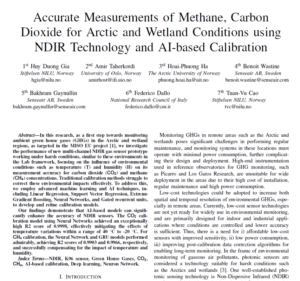
We’re proud to share that a new paper supported by the MISO project has been published at the 𝐈𝐄𝐄𝐄 𝐈𝟐𝐌𝐓𝐂 𝟐𝟎𝟐𝟓 𝐈𝐧𝐬𝐭𝐫𝐮𝐦𝐞𝐧𝐭𝐚𝐭𝐢𝐨𝐧 𝐚𝐧𝐝 𝐌𝐞𝐚𝐬𝐮𝐫𝐞𝐦𝐞𝐧𝐭 𝐂𝐨𝐧𝐟𝐞𝐫𝐞𝐧𝐜𝐞!
We’re pleased to announce that a research paper by MISO partners has been accepted for presentation at the IEEE Sensors Applications Symposium 2025 🎉. 𝐓𝐢𝐭𝐥𝐞:𝐼𝑚𝑝𝑟𝑜𝑣𝑒𝑚𝑒𝑛𝑡
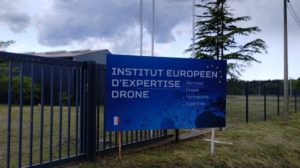
From May 12 to 14, partners of the Horizon Europe MISO project came together in Bordeaux for our second collaborative field experiment, hosted by Azur
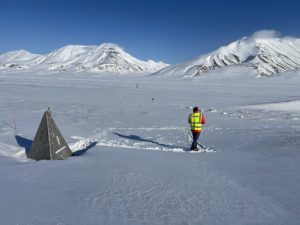
Last week, a technical team travelled to Svalbard (Norway) to prepare for an exciting new field campaign as part of the MISO in-situ observation platform
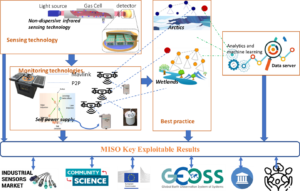
The Horizon Europe 𝐌𝐈𝐒𝐎 𝐩𝐫𝐨𝐣𝐞𝐜𝐭 is dedicated to improving GHG (Greenhouse Gas) in-situ datasets in hard-to-reach areas such as the Arctic and Wetlands. Accurate and
Contact Info
Dr. Tuan-Vu Cao, project coordinator. The Climate and Environmental Research Institute NILU.
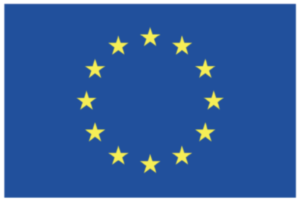
This project has received funding from the European Union’s Horizon Europe research and innovation programme under Grant Agreement No. 101086541.